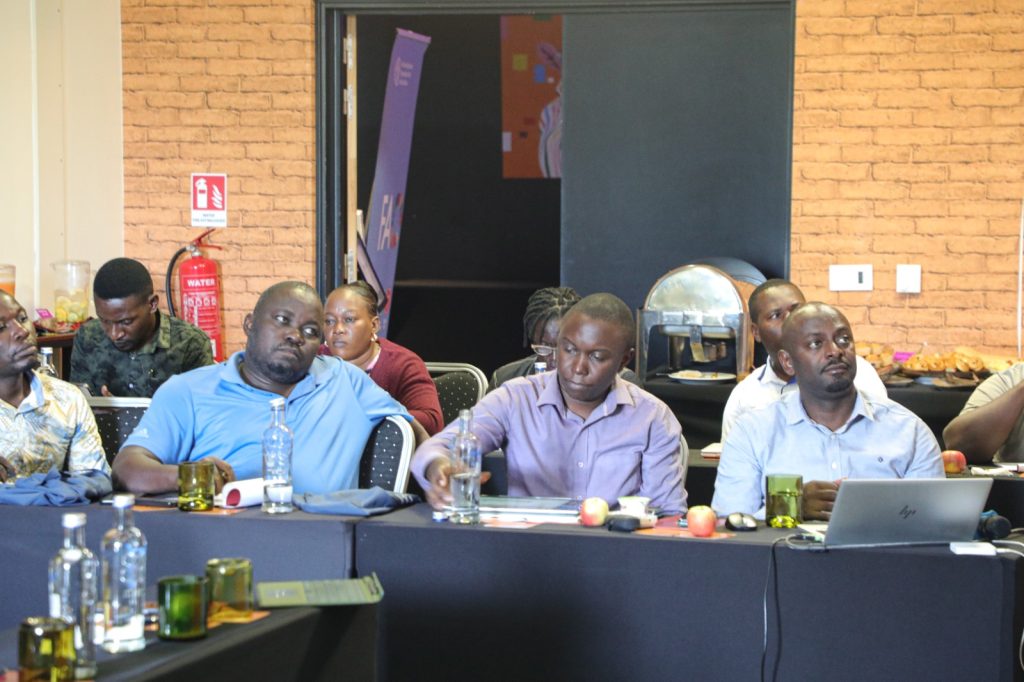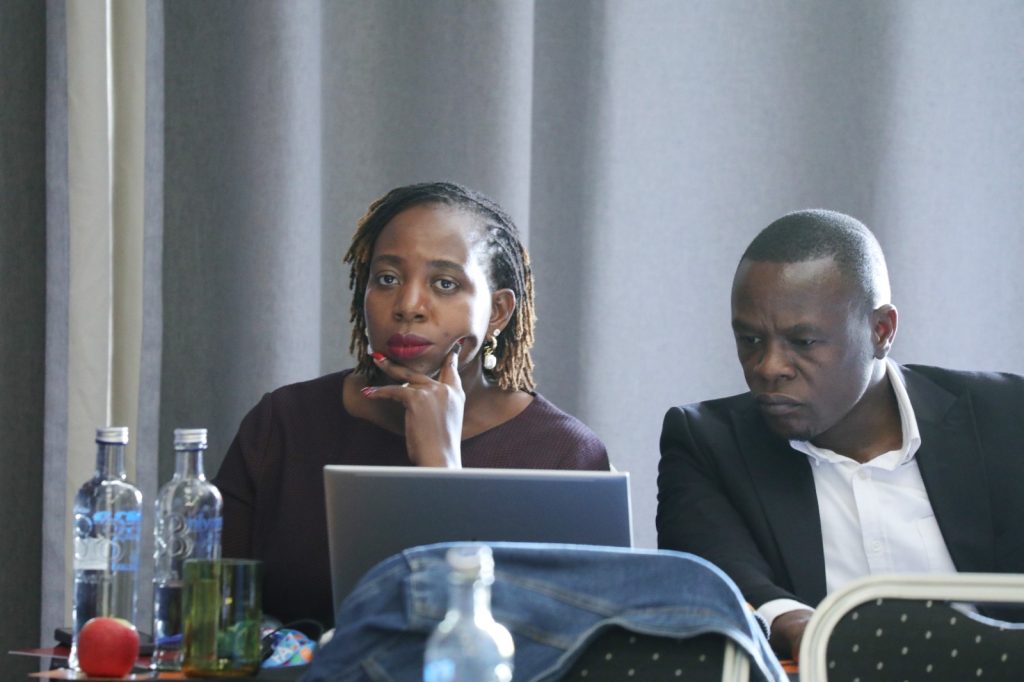Although environmental degradation has been linked to the cutting down of trees, encroachment on wetlands, prolonged droughts, among other agricultural activities, have alsobeen identified as another cause.
According to Dr. Antonio Querido, the Food and Agriculture Organisation (FAO) Country Representative, agricultural practices contribute 30% to environmental degradation.
He said this is done through poor soil management practices, excessive use of agricultural chemicals like pesticides, herbicides, and fertilisers, as well as poor handling of animal waste that leads to the production of methane gas. This gas, when combined with carbon dioxide, increases high temperatures, leading to prolonged droughts, among other effects.
He added that such practices are interfering with the efforts of development organisations and the Government to ensure that there is adequate food production, which is safe and nutritious for all.
So, the challenge for us is to achieve better production for better nutrition without harming the environment. This is the challenge,” Querido said.
He sounded the alarm on Thursday during a media dialogue at Onomo Hotel, where the FAO unveiled several programs it intends to roll out in Uganda, working with the Government through various ministries, departments, and agencies.

He also called on the media to exercise accuracy when reporting about the programs in order for the public to be informed with relevant and accurate information.
Some of the planned programs include the Sustainable Wood-Based Value Chains in Uganda (SWB-VC) in which FAO and government through the Ministry of Water and Environment plan to restore degraded forests on private land, promote more efficient wood carbonisation technology to reduce wood wastage, and promote the establishment of woodlots to provide a more sustainable source of wood.
The other program is on Early Warning (EW) + Anticipatory Action (AA)in Uganda, where to date, a total of 340+ early warning bulletins have reached over 650,000 people across Karamoja region accompanied with early warning information and advisories through various channels on drought, floods, crop/livestock pests and diseases among others.
Through the Cash and Voucher Assistance (CVA) program, in which cash transfers Cash Transfers of about $3,248,328 have been sent to 22000+ households. In the near future, the plan is to encourage the usage of E-vouchers in future to support farmers and agribusiness.
Working with the Ministry of Agriculture, FAO plans to complete the 300-acre rice demonstration sites and 60-acre foxtail millet demonstrations, launch 50 small biogas digesters, and commercialise value-added products such as rice wine and millet snacks, among others.
They also plan to finalise variety releases for sorghum and expand livestock and aquaculture hubs; Introduce nine big ear goats to Uganda and also supports Uganda’s Agro-Industrialisation Program to align with the goals of the Comprehensive Africa Agriculture Development Programme (CAADP) whose aim is to transform African agriculture, achieve food security and promote economic growth through agricultural-led development, with a focus on sustainable and resilient agrifood systems.
Other interventions will be in the livestock sector where attention will be on how to mitigate zoonotic diseases and antimicrobial resistance (AMR) risks and related threats in Uganda through the One Health approach;
Under the Climate change docket, the plan is to strengthen farmers’ resilience and adaptation to climate change through the promotion of community-based multiplication and dissemination of stress-tolerant crop varieties with improved yields, aiming to boost farmers’ incomes.
They also plan to promote climate-smart agricultural technologies that can lead to a fourfold increase in coffee yields.
For the fisheries and aquaculture sector, the plan is to address causes of a decline in major commercial fish species, counter increased capture and trade in immature fish and use of prohibited fish gear and also find solution to the high post-harvest losses now at 25% among others.
The dialogue, organised by the FAO, was attended by officials from the Ministry of Agriculture, media personnel, and FAO experts.



